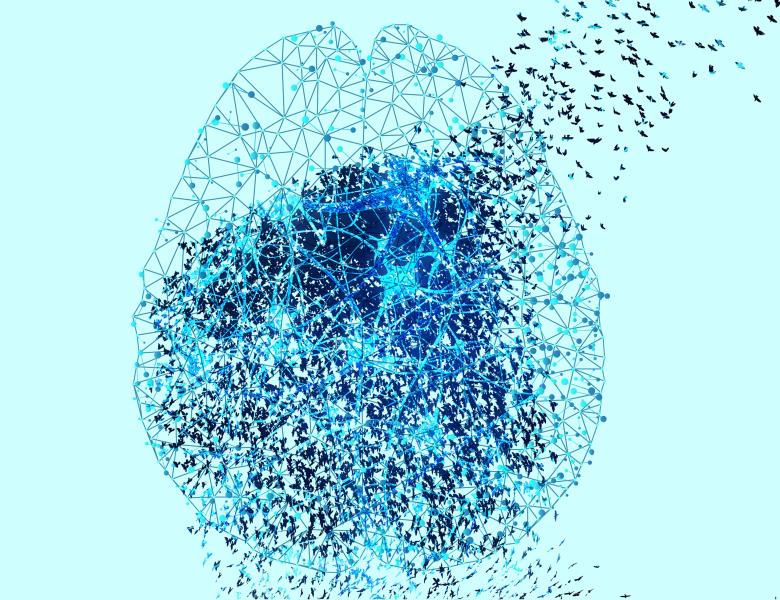
Abstract
Naturalistic experimental paradigms in cognitive neuroscience arose from a pressure to test, in real-world contexts, the validity of models we derive from highly controlled laboratory experiments. In many cases, however, such efforts led to the realization that models (i.e., explanatory principles) developed under particular experimental manipulations fail to capture many aspects of reality (variance) in the real world. Recent advances in artificial neural networks provide an alternative computational framework for modeling cognition in natural contexts. In this talk, I will ask whether the human brain's underlying computations are similar or different from the underlying computations in deep neural networks, focusing on the underlying neural process that supports natural language processing in adults and language development in children. I will provide evidence for some shared computational principles between deep language models and the neural code for natural language processing in the human brain. This indicates that, to some extent, the brain relies on overparameterized optimization methods to comprehend and produce language. At the same time, I will present evidence that the brain differs from deep language models as speakers try to convey new ideas and thoughts. Finally, I will discuss our ongoing attempt to use deep acoustic-to-speech-to-language models to model language acquisition in children.


